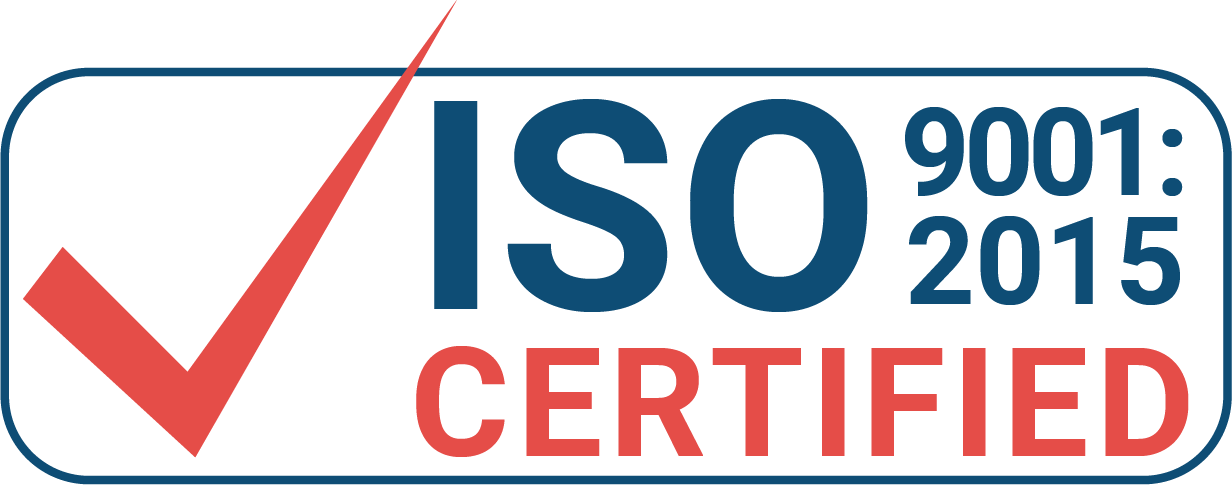Trading Pitfalls to Avoid when Negotiating an International Hazmat Purchase
Trading Pitfalls to Avoid when Negotiating an International Hazmat Purchase
When engaging with a new business partner in the international hazmat industry, discrepancies might arise between you and your partner’s expectations regarding specific terms of your contract. Here are 9 items for you to consider as you’re forming a new relationship and negotiating an international hazmat purchase.
Quoting and Terms
- Vendor quotes a price without specifying the shipping terms. If both parties assume that the shipping is covered by the other side, this will clearly be a source of frustration. The easiest and standard way to discuss shipping is to choose one of the INCOTERMS definitions: these define, on a very fine-grain level, who pays for what phases of delivery, including loading, packaging and insurance.
- Vendor provides a quote without product specification. In the world of chemistry, even a single digit after the point in a purity designation can make a huge difference in pricing. Same goes for packaging terms and conditions. To avoid surprises later, make sure product specifications, packaging terms and conditions are all listed in your contract or PO.
- Financial terms are defined loosely. Terms of payments define when the payment is run. But the tricky part is to agree from what event to count them from: The PO signing date? The shipping date? The invoice date? The receiving date? The acceptance date, etc. Also, for international transactions, the specified currency is obviously critical: to avoid exposure to exchange rate fluctuations, it’s usually best for the buyer to specify their own country’s currency. Lastly, list the method of payment and the associated fees in your contract or PO.
Compliance and Import
- Labeling – Product labeling should be compliant with the latest GHS standards. This is a US rule — very few international suppliers are compliant to GHS standards when they ship to the US. You can still receive the products, but before shipping them to your customers (or, indeed, shipping them anywhere) you have to update their labels to GHS specifications.
- Safety Data Sheets – the GHS standards also apply for SDSs. Many large international vendors will have a SDS developed specifically for US, but most of the smaller suppliers will not. You cannot ship or sell product without a SDS standardized for the US.
- TSCA regulations – Toxic Substances Control Act is another US law that applies to every importer of hazmat products. TSCA compliance is not the responsibility of the overseas vendor; it is the sole responsibility of the importer. In a nutshell: chemicals listed on the TSCA inventory list can be imported without additional restrictions. Chemicals which are not on the TSCA inventory list can only be imported either for R&D purposes or after receiving a special exemption for unlimited or limited volumes.
Packaging
- Although packaging should be defined upfront at the time of quoting, sometimes this obvious step carries surprises. Just a couple of things to add for your consideration: Could your product potentially be delayed during shipping and therefore require extra packaging precautions (special caps/rings, vaxing, additional containers)? Would your product be better protected using cold containers and/or dry ice? Does the time of year (e.g., temperature, climate) limit your shipping? (For example, we have products that we don’t ship during summer.)
- Customer’s bubblers or packaging – Frequently hazmat compounds need to be pre-packaged in a bubbler or cylinder so they can be used with existing equipment; for example, ALD machines. If the compound vendor is doing the pre-packaging, then the specifications for the valves and connectors must be approved by the technical people from both sides. If you, the compound buyer, are providing the container, you’ll need to factor in both the export costs and opportunity costs of having those empty containers temporarily at the compound vendor. One caveat for the “empty containers”: containers must be completely cleaned prior to shipping to the compound vendor. If residual amounts of the previous hazmat material are still in the container, it must then ship following all the regulations for that hazmat material.
- Extra hiccup prevention steps – It’s a good idea to ask your compound vendor to take photos of shipments before they are packaged. These photos should include the product labels, serial numbers of the containers, and in case of grouped items, a “group picture.” Make sure you and your supplier are on the same page in terms of (shipping?) insurance and product warranty. Lastly, have the compound vendor keep a retaining sample; this is very helpful if you have a quality-related disagreement that requires the vendor to run a comparable analysis for the batch.
Establishing all of the above steps in a systematic method will make taking on new international suppliers that much easier. Alternatively, if you can purchase the same compounds domestically, you obviously eliminate the issues specific to international importing and can focus better on the remaining product terms and conditions.



